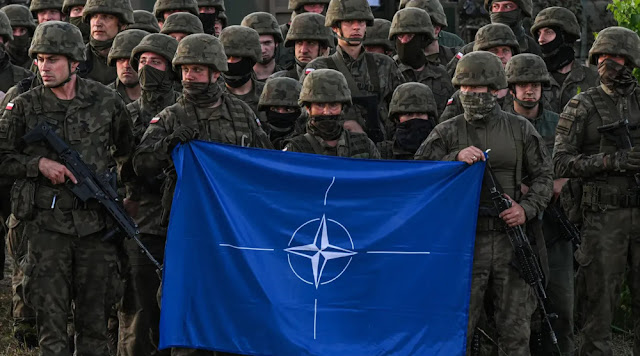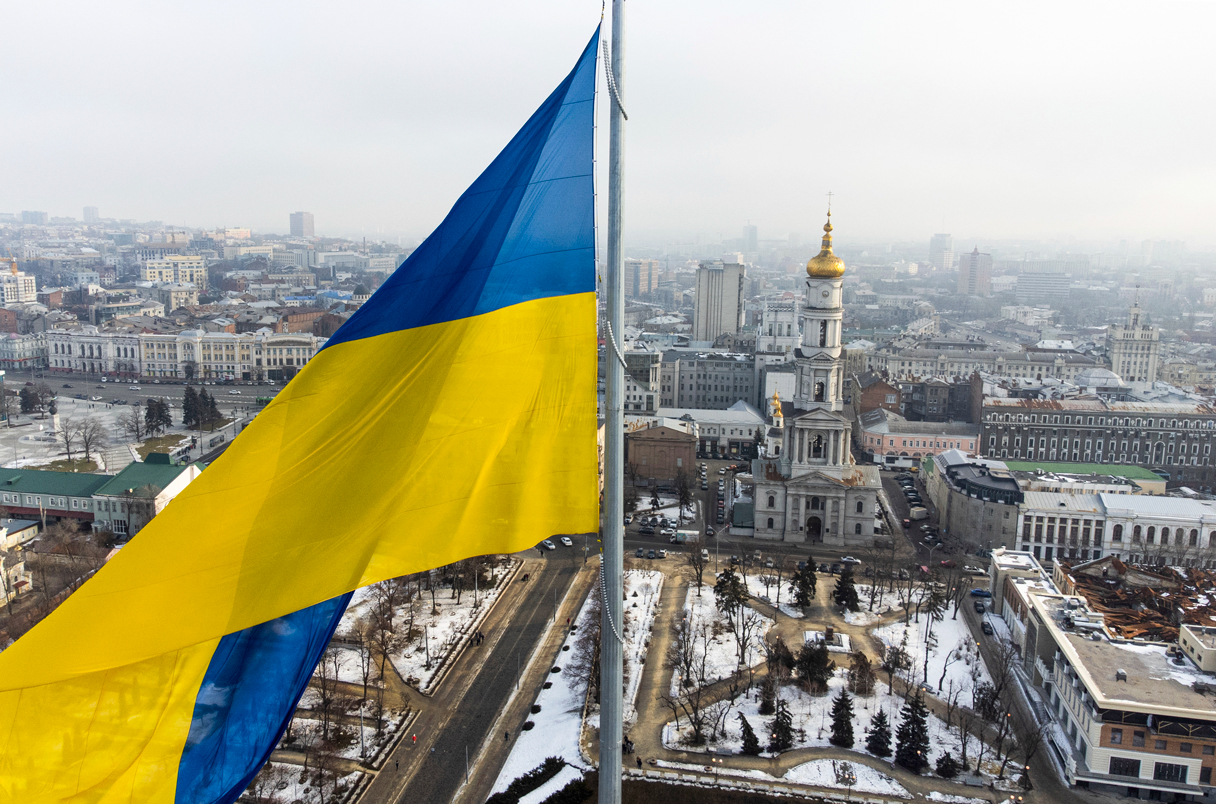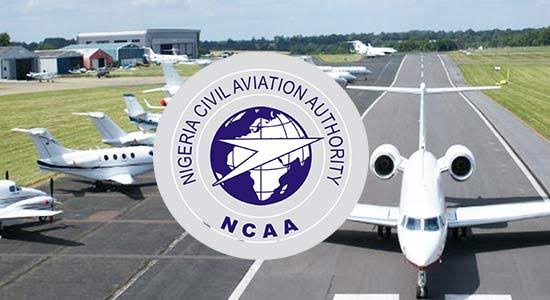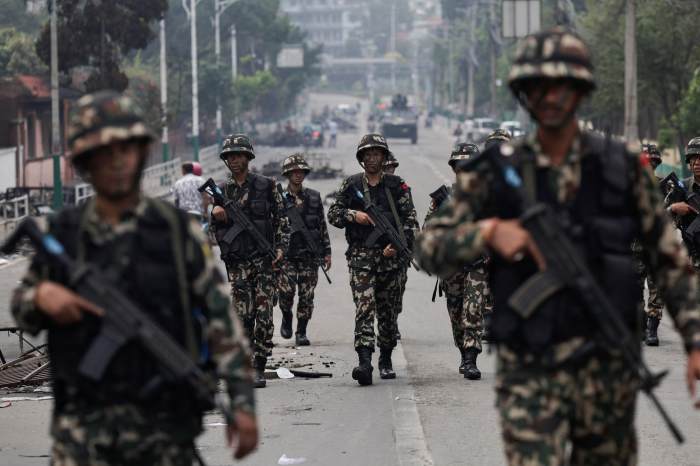In a provocative escalation of tensions in Eastern Europe, Polish Prime Minister Donald Tusk announced on Wednesday that a significant number of Russian drones had breached Polish airspace in what he described as a deliberate act of aggression. The incident, which has sent shockwaves through NATO and the European Union, has reignited fears of a broader conflict as the war in Ukraine continues to destabilize the region. European leaders, alarmed by the violation, have vowed to reassess their military capabilities and response strategies to counter what they perceive as a growing threat from Moscow.
The violation of Polish airspace comes at a time when diplomatic efforts, led by the United States, to broker peace between Russia and Ukraine have faltered. The incident has not only heightened tensions between NATO and Russia but also underscored the vulnerabilities of member states on NATO’s eastern flank. As the alliance grapples with how to respond to this “large-scale provocation,” as Tusk called it, the incident has sparked a broader debate about Europe’s military preparedness, the effectiveness of NATO’s deterrence strategies, and the potential for the conflict in Ukraine to spill over into neighboring countries.
The Incident: A Breach of Sovereignty
According to Prime Minister Tusk, the incursion occurred late Tuesday night when Polish air defenses detected multiple unmanned aerial vehicles (UAVs), identified as Russian drones, entering Polish territory. “Last night, we experienced a violation of Polish airspace by a significant number of Russian drones,” Tusk said in a televised address to the nation. “This was not an isolated incident but a deliberate act of aggression aimed at testing the resolve of Poland, the European Union, and NATO as a whole.”
Tusk revealed that the Polish military had responded decisively, deploying air defense systems to neutralize the “invading objects.” While he did not disclose specific details about the number of drones involved or the extent of the military response, he emphasized that an ongoing operation was addressing “multiple violations” of Polish airspace. Preliminary reports suggest that the drones were intercepted and either destroyed or forced to retreat, with no reported casualties or significant damage on Polish soil. However, the audacity of the incursion has raised serious questions about the intentions behind Russia’s actions and the potential for further provocations.
The Polish government has not yet released detailed information about the type of drones involved or their specific targets. Analysts speculate that the UAVs could have been reconnaissance drones, designed to gather intelligence on Polish military installations, or possibly decoy drones intended to test Poland’s air defense capabilities. Whatever their purpose, the incident marks a significant escalation in Russia’s behavior toward NATO member states, particularly those bordering Ukraine and Belarus, where Russian forces have been active.
Regional Context: A Fragile Geopolitical Landscape
The violation of Polish airspace comes against the backdrop of the ongoing war in Ukraine, which has entered its fourth year with no clear resolution in sight. Russia’s invasion of Ukraine, launched in February 2022, has dramatically reshaped the security landscape in Europe, prompting NATO to bolster its eastern defenses and leading to unprecedented levels of military aid to Ukraine from Western allies. Poland, as one of Ukraine’s staunchest supporters, has played a pivotal role in providing military and humanitarian assistance, hosting millions of Ukrainian refugees, and serving as a key logistical hub for Western aid.
However, Poland’s proximity to the conflict zone has also made it a potential flashpoint. The country shares borders with both Ukraine and Belarus, the latter of which has aligned itself closely with Moscow and has been accused of facilitating Russian military operations. The presence of Russian forces and equipment in Belarus, combined with the increasing use of drones and other advanced weaponry in the Ukraine conflict, has heightened concerns about the risk of spillover into NATO territory.
The drone incursion is not the first time Poland has faced violations of its airspace. In previous incidents, stray missiles and drones from the Ukraine conflict have inadvertently crossed into Polish territory, raising alarms about the potential for miscalculation or escalation. However, Tusk’s characterization of the latest incident as a deliberate act of aggression suggests a new level of concern about Russia’s intentions. “This was not a mistake or an accident,” Tusk said. “This was a large-scale provocation aimed at challenging the security of Poland and its allies.”
NATO and EU Reactions: A Unified Front?
The incident has prompted swift reactions from both NATO and the European Union, with leaders expressing solidarity with Poland while condemning Russia’s actions. NATO Secretary-General Jens Stoltenberg issued a statement on Wednesday, calling the violation “unacceptable” and reaffirming the alliance’s commitment to defending every inch of its territory. “NATO stands with Poland, and we are closely monitoring the situation,” Stoltenberg said. “We will not allow such provocations to go unanswered, and we are prepared to take all necessary measures to ensure the security of our member states.”
EU leaders echoed Stoltenberg’s sentiments, with European Council President Charles Michel describing the incident as “a dangerous escalation that threatens the stability of the entire region.” Michel called for an urgent meeting of EU defense ministers to discuss the implications of the incursion and to coordinate a response. “The European Union will not tolerate violations of its member states’ sovereignty,” he said. “We must act decisively to deter further aggression.”
Behind closed doors, however, there is likely to be intense debate about how to respond. While NATO’s Article 5 guarantees collective defense in the event of an attack on a member state, the drone incursion does not appear to rise to the level of an armed attack that would trigger a full-scale military response. Instead, NATO leaders are likely to focus on strengthening deterrence measures, such as increasing air patrols, deploying additional air defense systems, and enhancing intelligence-sharing among member states.
Military Reassessment: Are Europe’s Defenses Ready?
The incident has also prompted European leaders to take a hard look at their military capabilities and preparedness. Poland, which has one of the most robust militaries in Eastern Europe, has invested heavily in modernizing its armed forces in recent years, including the acquisition of advanced air defense systems such as the U.S.-made Patriot missile system. However, the scale and audacity of the drone incursion have raised questions about whether Poland—and NATO as a whole—is adequately equipped to counter the evolving threat of unmanned aerial systems.
Drones have become a defining feature of modern warfare, particularly in the Ukraine conflict, where both sides have deployed UAVs for reconnaissance, surveillance, and targeted strikes. Russia’s use of drones, including Iranian-supplied Shahed models, has been particularly effective in overwhelming Ukrainian air defenses and striking critical infrastructure. The fact that Russian drones were able to penetrate Polish airspace, even briefly, suggests potential gaps in detection and response capabilities that NATO will need to address.
In response to the incident, Polish Defense Minister Władysław Kosiniak-Kamysz announced that the country would conduct a comprehensive review of its air defense systems. “We have shown that we can respond effectively to such threats, but we must remain vigilant and continue to strengthen our capabilities,” he said. Kosiniak-Kamysz also called for greater cooperation with NATO allies to develop integrated air defense systems capable of countering the growing threat of drones and other advanced technologies.
Across Europe, the incident has sparked a broader conversation about the need for increased defense spending and modernization. Many EU countries, particularly those in Western Europe, have faced criticism for underfunding their militaries in the decades following the Cold War. The war in Ukraine, combined with incidents like the one in Poland, has underscored the urgency of closing the gap between NATO’s eastern and western members in terms of military readiness.
Germany, for example, has pledged to meet NATO’s target of spending 2% of GDP on defense, a commitment that has taken on new urgency in light of recent events. Chancellor Olaf Scholz, speaking at a press conference in Berlin, said, “The violation of Polish airspace is a stark reminder that the security of Europe is at stake. We must invest in our collective defense and ensure that NATO remains a credible deterrent.”
Diplomatic Stalemate: The Failure of Peace Talks
The drone incursion comes at a particularly delicate moment in the ongoing war in Ukraine. U.S.-led efforts to push Russia and Ukraine toward a negotiated settlement have stalled in recent months, with both sides entrenched in their positions. Russia has continued its military offensive in eastern Ukraine, while Ukraine has launched counteroffensives aimed at reclaiming occupied territories. The lack of progress in peace talks has raised fears that the conflict could escalate further, potentially drawing NATO into direct confrontation with Russia.
The United States, which has provided billions of dollars in military aid to Ukraine, has sought to balance its support for Kyiv with efforts to avoid a wider war. However, the Biden administration has faced growing criticism for its handling of the conflict, with some analysts arguing that the U.S. has not done enough to pressure Russia into negotiations. The violation of Polish airspace is likely to complicate these efforts, as it strengthens the arguments of those who advocate for a more assertive Western response to Russian aggression.
In Moscow, Russian officials have not yet commented officially on the incident, but state media outlets have downplayed the significance of the airspace violation, describing it as a “routine operation” that was misinterpreted by Polish authorities. This narrative is consistent with Russia’s broader strategy of dismissing Western concerns about its actions while projecting strength and defiance.
The Risk of Escalation: A Wider War?
For NATO and the EU, the drone incursion raises the specter of a broader conflict. While the incident itself was limited in scope, it highlights the potential for miscalculation or escalation in a region already on edge. A single misstep—such as the downing of a Russian drone leading to retaliatory measures—could spiral into a larger confrontation, particularly if Russia perceives NATO’s response as overly aggressive.
Poland, as a frontline NATO state, is particularly vulnerable to such scenarios. The country has been a vocal advocate for a strong Western response to Russia’s actions, and its leaders have repeatedly warned that the war in Ukraine could spread if not contained. Tusk’s description of the drone incursion as a “large-scale provocation” aimed at both the EU and NATO suggests that Poland views the incident as part of a broader Russian strategy to test the alliance’s unity and resolve.
The incident also has implications for other NATO members on the eastern flank, including the Baltic states, which have long expressed concerns about Russian aggression. Lithuania, Latvia, and Estonia have all increased their defense spending and bolstered their military presence in response to the war in Ukraine, but they remain heavily reliant on NATO’s collective defense mechanisms. The violation of Polish airspace is likely to reinforce calls for a permanent NATO presence in the region, including additional troops and equipment to deter further Russian incursions.
Looking Ahead: A Test for NATO and the EU
As European leaders grapple with the fallout from the drone incursion, the incident serves as a stark reminder of the challenges facing NATO and the EU in an increasingly volatile geopolitical environment. The violation of Polish airspace has exposed vulnerabilities in Europe’s defense architecture and highlighted the need for greater coordination and investment in military capabilities. It has also underscored the fragility of the current stalemate in Ukraine and the potential for the conflict to spill over into NATO territory.
In the coming days, NATO and EU leaders are expected to hold emergency meetings to discuss the incident and chart a path forward. Key questions will include how to strengthen air defenses, enhance intelligence-sharing, and deter future Russian provocations without escalating tensions further. For Poland, the incident is a call to action, reinforcing the need for vigilance and preparedness in the face of an unpredictable adversary.
As Prime Minister Tusk concluded in his address, “Poland will not be intimidated, and we will work with our allies to ensure that our skies remain secure.” For now, the world watches as Europe navigates this latest challenge, aware that the stakes could not be higher.









